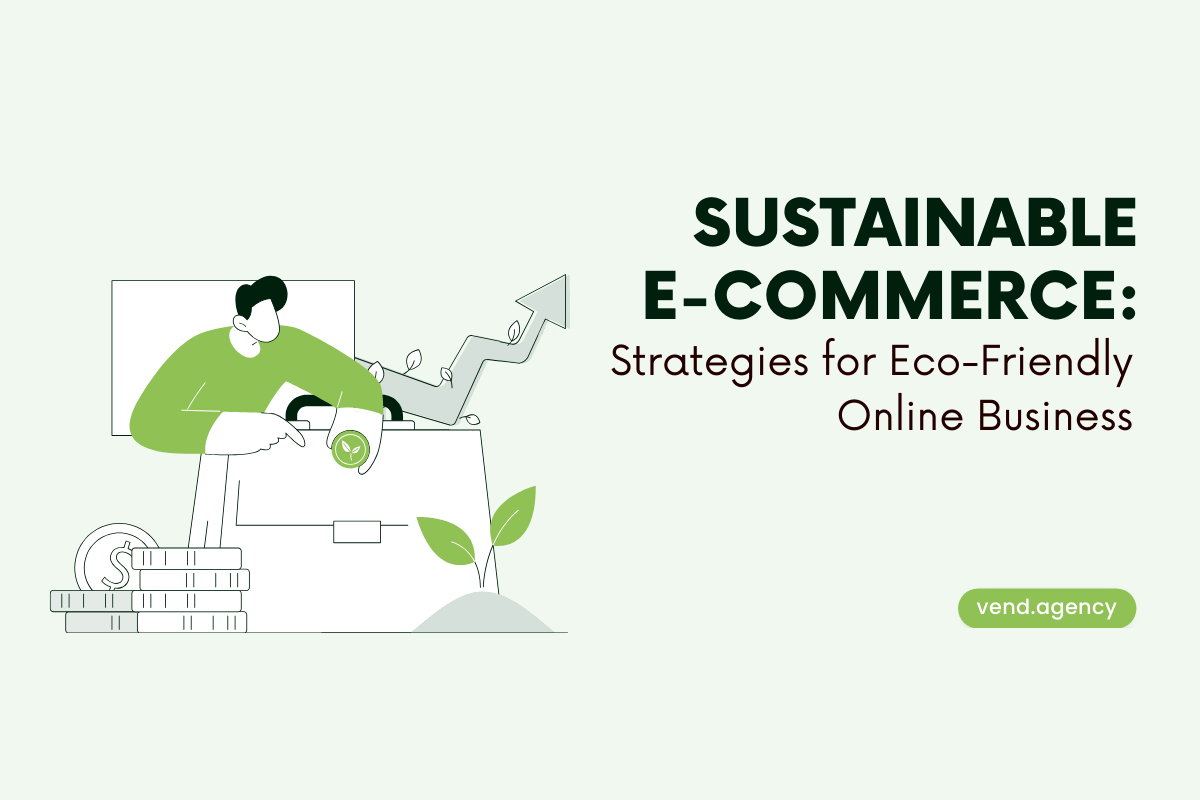
Sustainable E-Commerce: Strategies for Eco-Friendly Online Business
While environmental concerns are escalating, sustainable practices have become crucial for businesses, including e-commerce. Transitioning towards a more eco-friendly model helps reduce the environmental impact and meets the growing consumer demand for sustainable products and practices. Here, we explore actionable strategies for e-commerce businesses to embrace sustainability.
1. Optimize Packaging
- Minimize the use of packaging materials. Consider designs that are efficient and require less material without compromising product safety.
- Use recyclable, biodegradable, or compostable materials for packaging. Additionally, encourage customers to recycle packaging after use.
- Implement a program for customers to return packaging for reuse. This approach fosters a circular economy and reduces waste.
2. Green Logistics and Shipping
- Partner with logistics providers that offer carbon-neutral shipping options. These services offset carbon emissions through various environmental projects.
- Reduce the frequency of shipments by consolidating orders. This strategy decreases the carbon footprint associated with transportation.
- Work with suppliers and manufacturers to reduce transportation distances, lowering carbon emissions.
3. Sustainable Product Sourcing
- Prioritize stocking products made from sustainable materials. This can range from organic textiles to items made from recycled components.
- Ensure your supply chain practices fair labor and sustainable sourcing. Transparency in the supply chain appeals to environmentally conscious consumers.
- Offer durable, repairable, and recyclable products, emphasizing the longevity and circularity of the items.
4. Digital Sustainability
- Optimize your website’s energy consumption by improving loading times and using efficient coding practices. A faster, more efficient website consumes less energy.
- Choose a web hosting provider powered by renewable energy sources. Many providers now offer green certificates to highlight their eco-friendly services.
5. Engage and Educate Your Customers
- Clearly communicate your sustainability efforts on your platform. Transparency about eco-friendly practices fosters trust and loyalty.
- Provide content that educates consumers on sustainability topics related to your products, including how to use and dispose of them responsibly.
- Encourage customers to make eco-friendly choices by offering incentives, such as opting for digital receipts or participating in recycling programs.
6. Offset Carbon Footprint
- For currently unavoidable emissions, consider investing in carbon offset projects, such as reforestation or renewable energy initiatives.
- Pursue sustainability certifications for your business to underscore your commitment to environmental responsibility.
7. Monitor and Report
- Regularly monitor and report on sustainability metrics, such as carbon footprint reduction, packaging waste saved, or the percentage of products sourced sustainably.
- Use these insights to refine and improve your sustainability strategies continuously.
Conclusion
Adopting sustainable practices in e-commerce is not just an ethical choice but a strategic business move in response to consumer demand for environmentally responsible brands. E-commerce businesses can contribute to a more sustainable future while fostering a positive brand image and building deeper connections with their customers. Sustainable e-commerce is a journey of continuous improvement, requiring commitment, innovation, and collaboration to make a significant impact.
A great way to start getting to know your business - just to call. Leave a form, and we will delve into your enterprise challenges and offer the best solutions.
